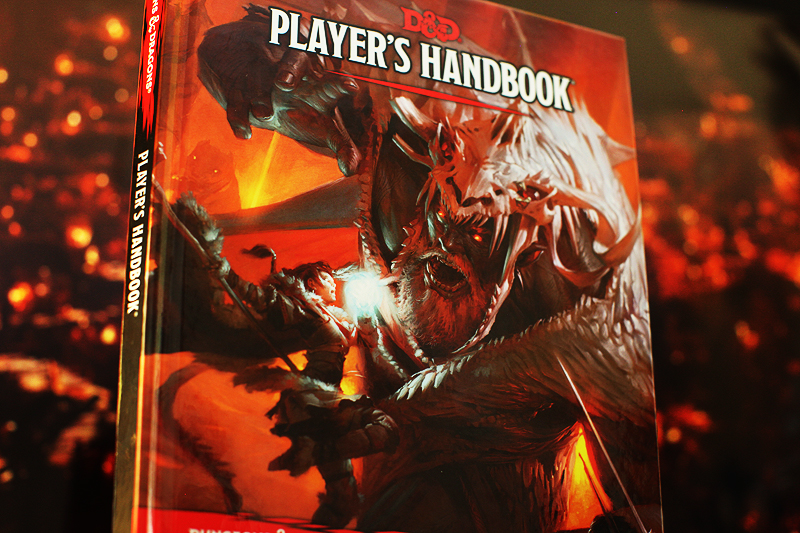 When I look at 5e, I brim with optimism. I'd like to think about the overall mood (which I'm discussing below), the art style, the rules (from the players' perspective), the structure (rules from the DM's perspective), and the meta game (what direction is Wizards coming from this time?).
When I look at 5e, I brim with optimism. I'd like to think about the overall mood (which I'm discussing below), the art style, the rules (from the players' perspective), the structure (rules from the DM's perspective), and the meta game (what direction is Wizards coming from this time?).So, on to the feel:
If I had to pick an author or director whose work resonates with fifth edition, I would be hard pressed. I have to recognize that some of my feelings on edition-feeling is idiosyncratic, but it also has to do with the official settings of each edition. In other words, each edition has its own version of the "Hokey Pokey"--what each edition is "all about," how each edition tells its story.
Everything in fourth edition felt like a video game. At its best, it felt like Skyrim. At its worst, it felt something more like professional wrestling. I agree with the critics who claim that 4e is combat-centric in that there are far fewer rules/abilities that are used outside of combat. (For the record, I acknowledge the proponents of 4e's role playing as superior because of the lack of rules/abilities limiting that kind of play, but I happen to like structure.) Fourth edition was all about the fight.
Third edition's emotional tenor is closer to the various TV shows of Justice League or an Indiana Jones movie. Having Greyhawk, Forgotten Realms, and Eberron as core settings lent a flavor of high fantasy and exploration to the atmosphere of the games. Granted, it was often an expedition to either slay a particularly weird creature or a mission to discover a particularly cool artifact, but it was still about the journey rather than the fight.
Fifth edition seems to be a return to this exploration gameplay, but with a slight new emphasis. 3e seemed very focused on the grit required for adventuring. Dark and light were extremes that were reflected in alignments, creatures, and environs. Fourth had a dazzling veneer of brightness, but it was the veneer of a professional sports team rushing out to the field. Fifth has taken the brightness of fourth and softened it to a halo, and taken the extremes of dark and light from third and transmuted them into a variety of color rather than black/white.
Third's source books felt like an ancient grimoire that had been updated by H.G. Wells. Fourth's source books felt like a video game instruction manual from the nineties that had been embellished beautifully by comic-book-turned-graphic-novel artists. Fifth's source books--so far--feel like a wise old hobbit's travelogue.
It's not quite as flashy as fourth edition, nor as binary as third edition. It doesn't have the gritty realism that third espoused, and it doesn't have the "everyone's equal" feel of fourth. What it does have is a focus on how the story is going to be told, and how important it is that someone tells it.
It's the difference between a Star Trek movie, and one of the official novels.
It's the difference between Sean Connery's interpretation of James Bond, and the new Daniel Craig version.
It's the difference between all of the standard live-action versions of A Christmas Carol and the Muppet version.
The number one difference, I feel, in fifth edition, is that it feels deep: deep, wide, and unified, like a human personality. Fifth edition is all about the characters.
I look forward to plumbing these depths further.
No comments:
Post a Comment